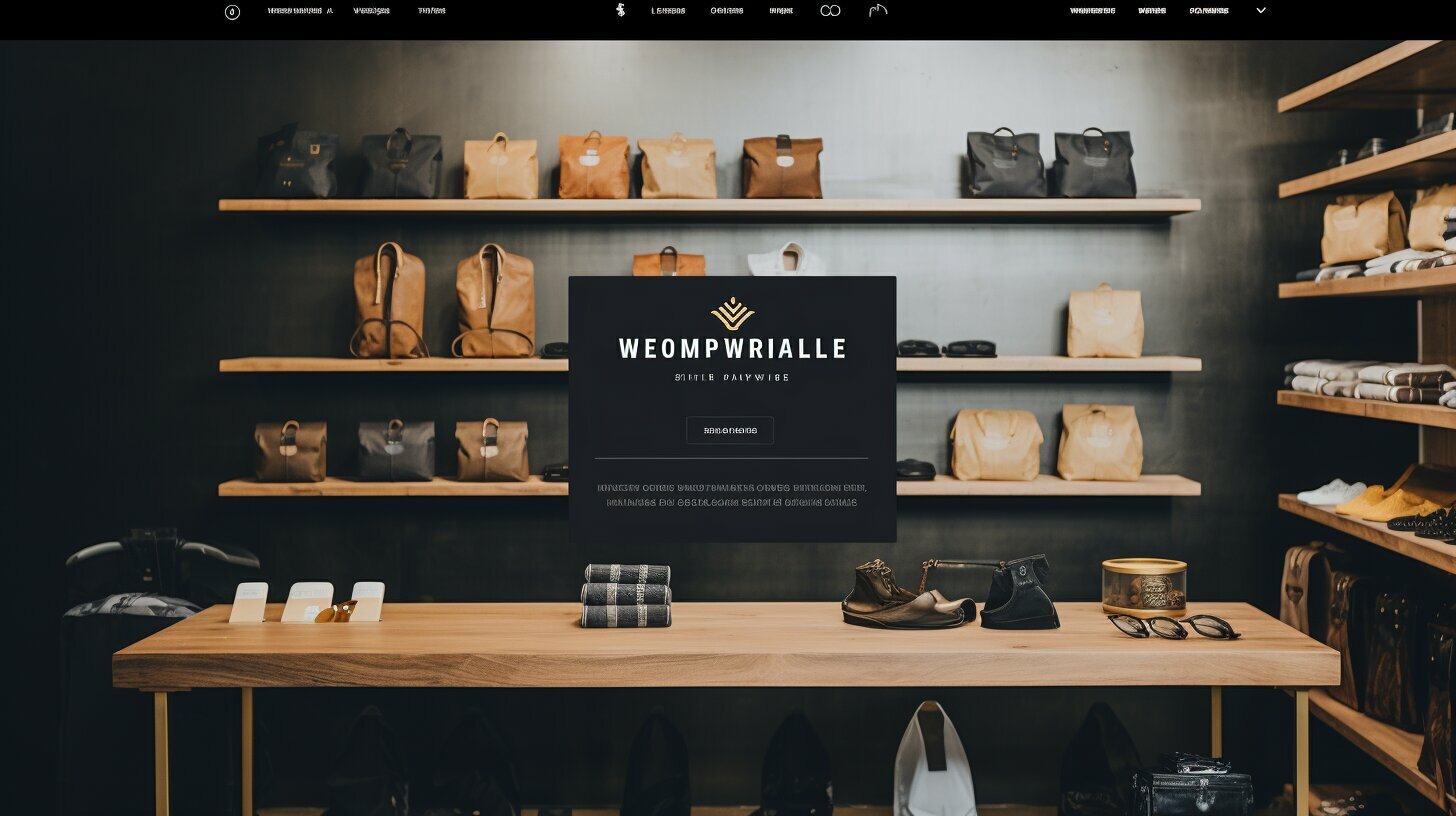upercharge your online business with strategic WooCommerce marketing solutions. Explore innovative strategies to enhance your store’s visibility, attract targeted traffic, and boost sales. From SEO optimization and email campaigns to social media integration and conversion optimization, our WooCommerce marketing services empower your brand to thrive in the competitive e-commerce landscape. Discover the tools and tactics to engage your audience, drive customer loyalty, and maximize ROI.
Your Top Choice for a Dallas Woocommerce Developer
2024-11-29T11:37:39+00:00Are you in search of a reliable and skilled Dallas [...]










